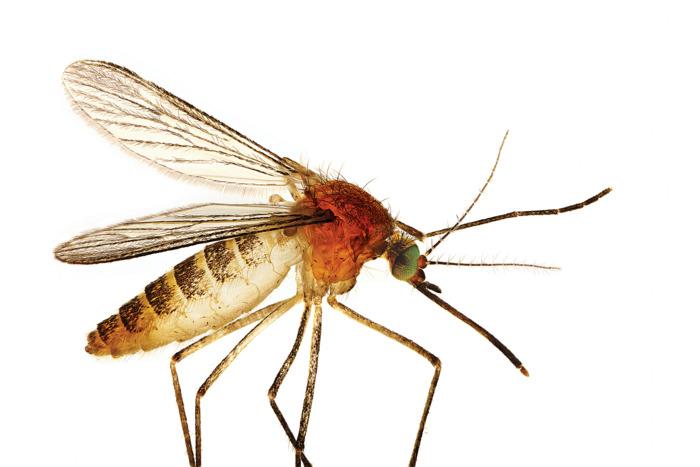
IV. Climate Plagues
What happens when the bubonic ice melts?
Rock, in the right spot, is a record of planetary history, eras as long as millions of years flattened by the forces of geological time into strata with amplitudes of just inches, or just an inch, or even less. Ice works that way, too, as a climate ledger, but it is also frozen history, some of which can be reanimated when unfrozen. There are now, trapped in Arctic ice, diseases that have not circulated in the air for millions of years — in some cases, since before humans were around to encounter them. Which means our immune systems would have no idea how to fight back when those prehistoric plagues emerge from the ice.
The Arctic also stores terrifying bugs from more recent times. In Alaska, already, researchers have discovered remnants of the 1918 flu that infected as many as 500 million and killed as many as 100 million — about 5 percent of the world’s population and almost six times as many as had died in the world war for which the pandemic served as a kind of gruesome capstone. As the BBC reported in May, scientists suspect smallpox and the bubonic plague are trapped in Siberian ice, too — an abridged history of devastating human sickness, left out like egg salad in the Arctic sun.
Experts caution that many of these organisms won’t actually survive the thaw and point to the fastidious lab conditions under which they have already reanimated several of them — the 32,000-year-old “extremophile” bacteria revived in 2005, an 8 million-year-old bug brought back to life in 2007, the 3.5 million–year–old one a Russian scientist self-injected just out of curiosity — to suggest that those are necessary conditions for the return of such ancient plagues. But already last year, a boy was killed and 20 others infected by anthrax released when retreating permafrost exposed the frozen carcass of a reindeer killed by the bacteria at least 75 years earlier; 2,000 present-day reindeer were infected, too, carrying and spreading the disease beyond the tundra.
What concerns epidemiologists more than ancient diseases are existing scourges relocated, rewired, or even re-evolved by warming. The first effect is geographical. Before the early-modern period, when adventuring sailboats accelerated the mixing of peoples and their bugs, human provinciality was a guard against pandemic. Today, even with globalization and the enormous intermingling of human populations, our ecosystems are mostly stable, and this functions as another limit, but global warming will scramble those ecosystems and help disease trespass those limits as surely as Cortés did. You don’t worry much about dengue or malaria if you are living in Maine or France. But as the tropics creep northward and mosquitoes migrate with them, you will. You didn’t much worry about Zika a couple of years ago, either.
As it happens, Zika may also be a good model of the second worrying effect — disease mutation. One reason you hadn’t heard about Zika until recently is that it had been trapped in Uganda; another is that it did not, until recently, appear to cause birth defects. Scientists still don’t entirely understand what happened, or what they missed. But there are things we do know for sure about how climate affects some diseases: Malaria, for instance, thrives in hotter regions not just because the mosquitoes that carry it do, too, but because for every degree increase in temperature, the parasite reproduces ten times faster. Which is one reason that the World Bank estimates that by 2050, 5.2 billion people will be reckoning with it.